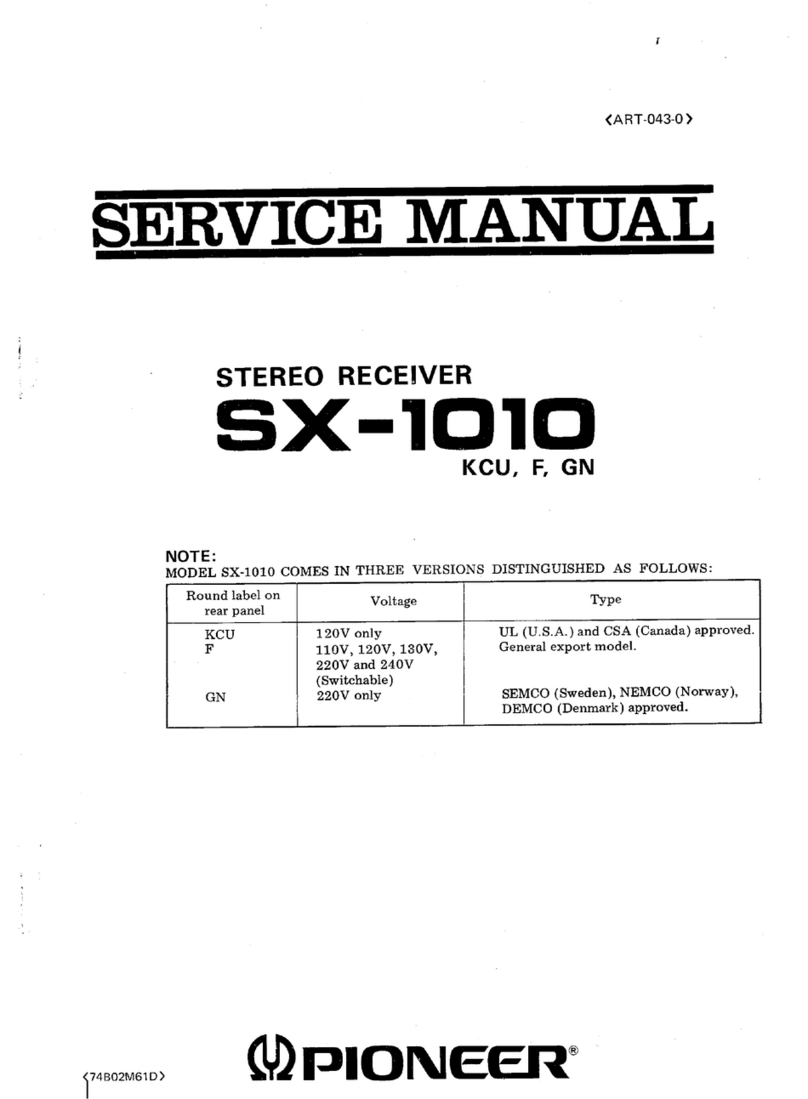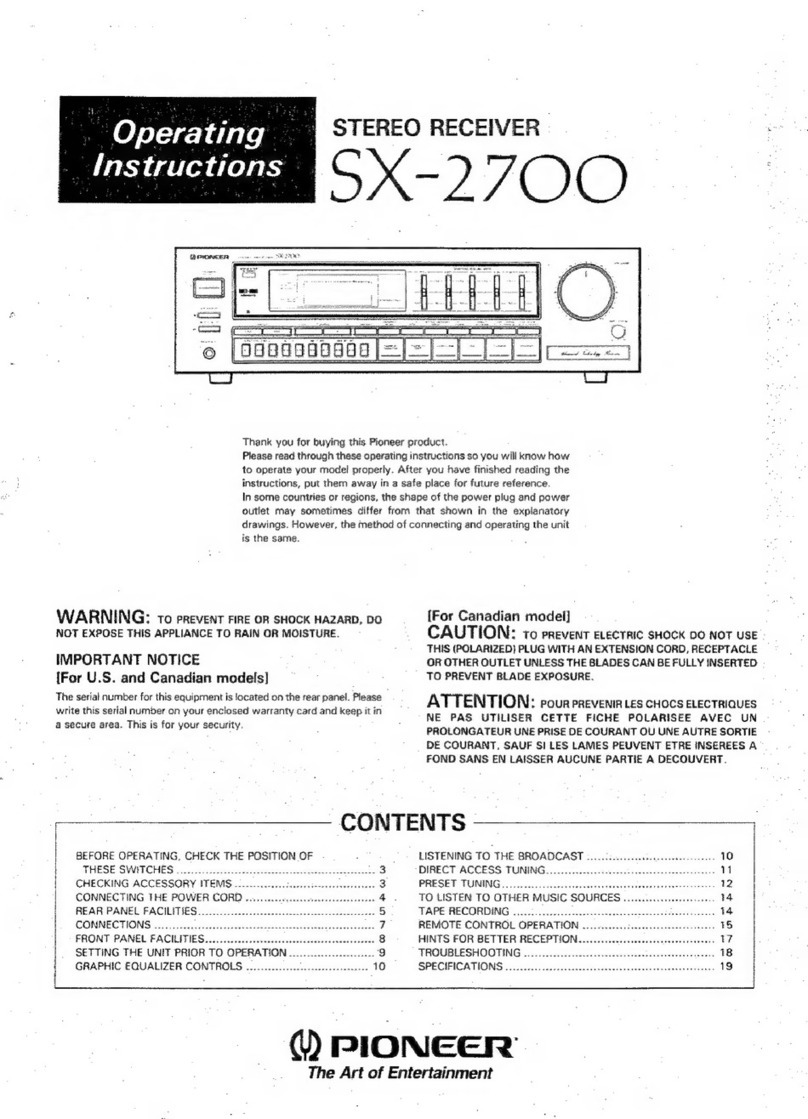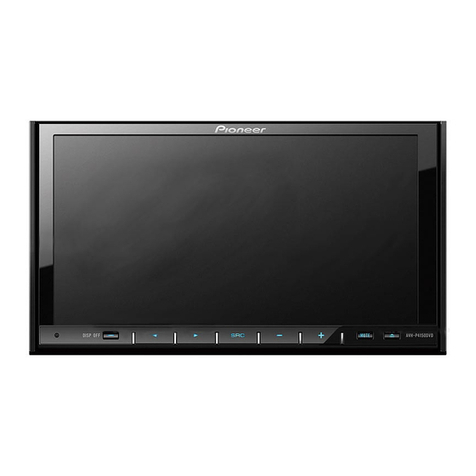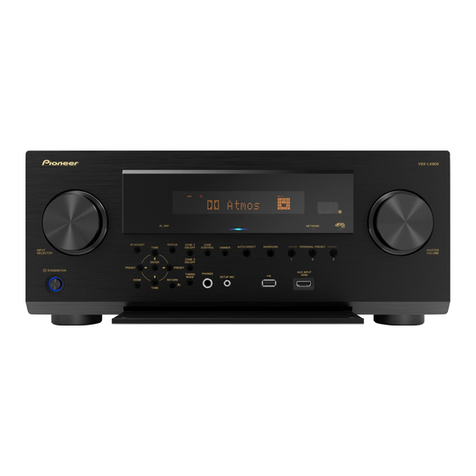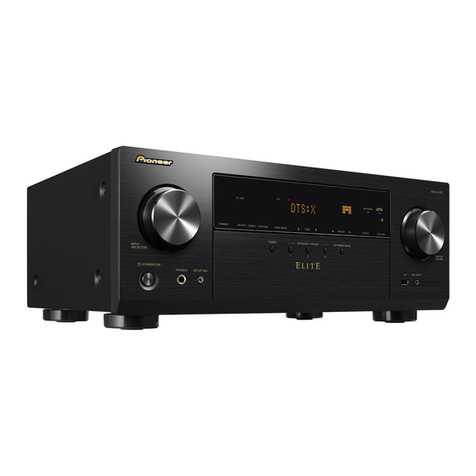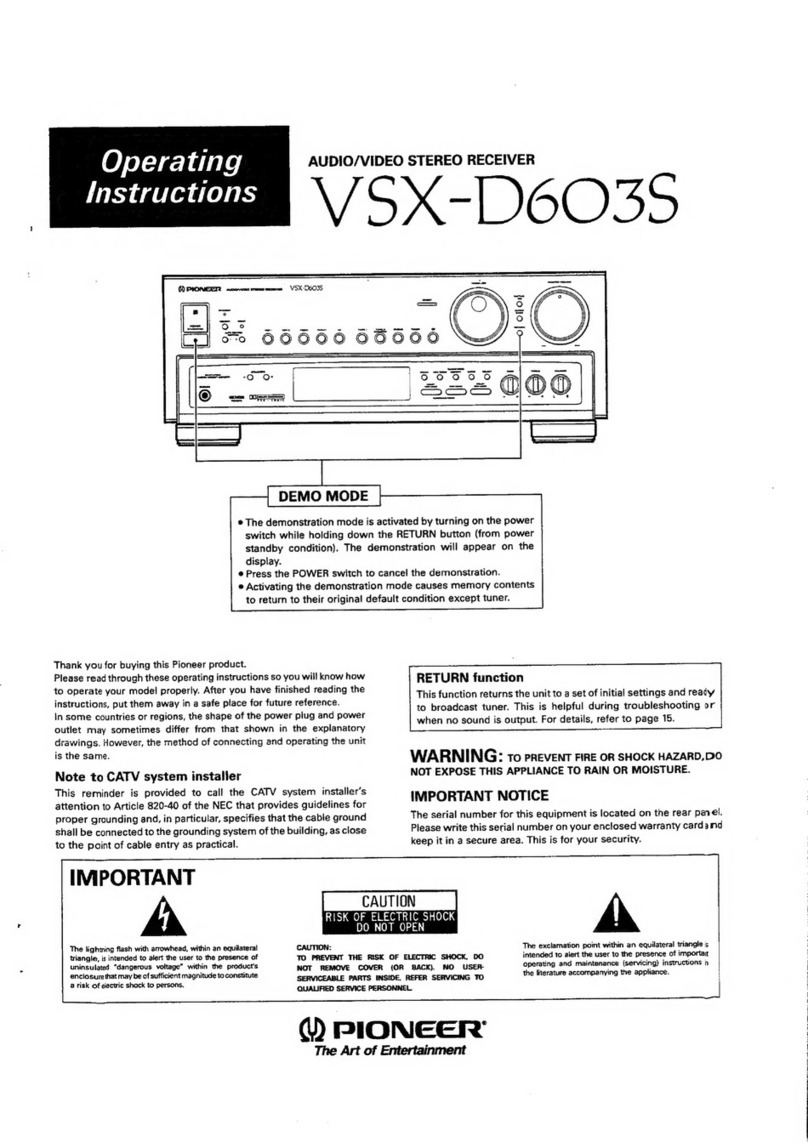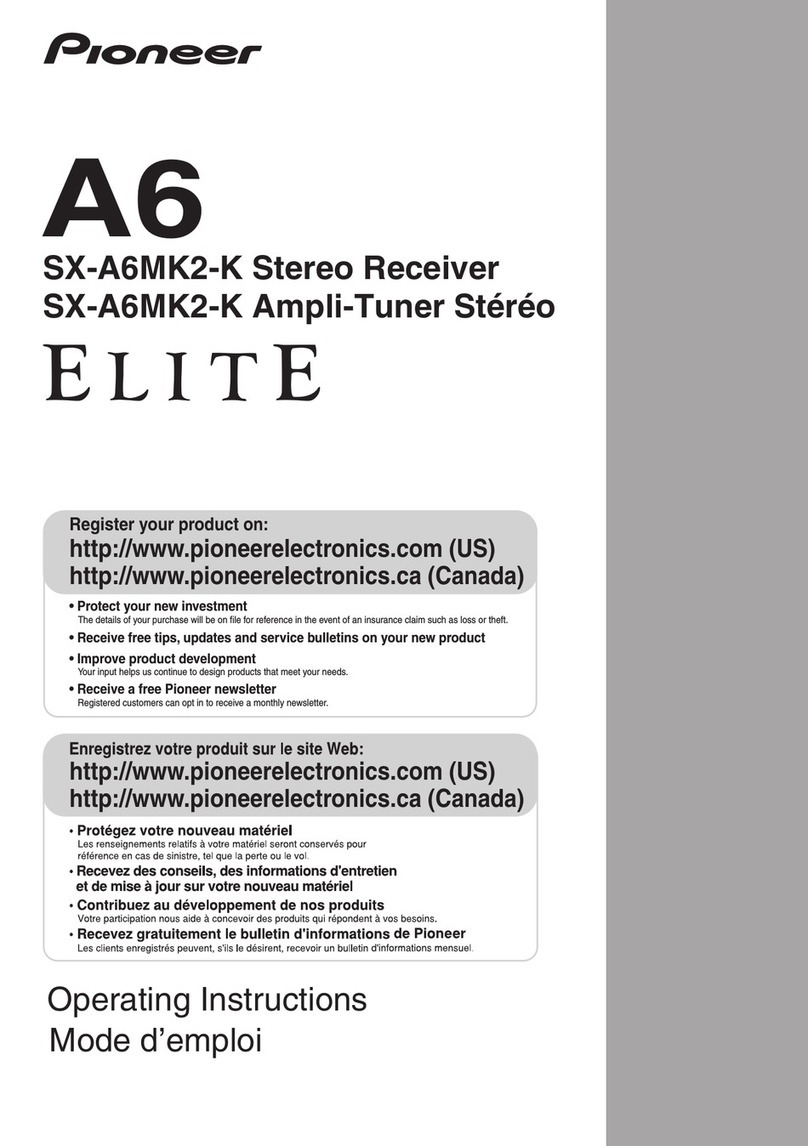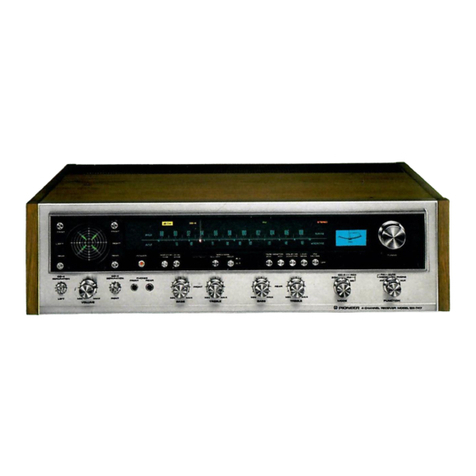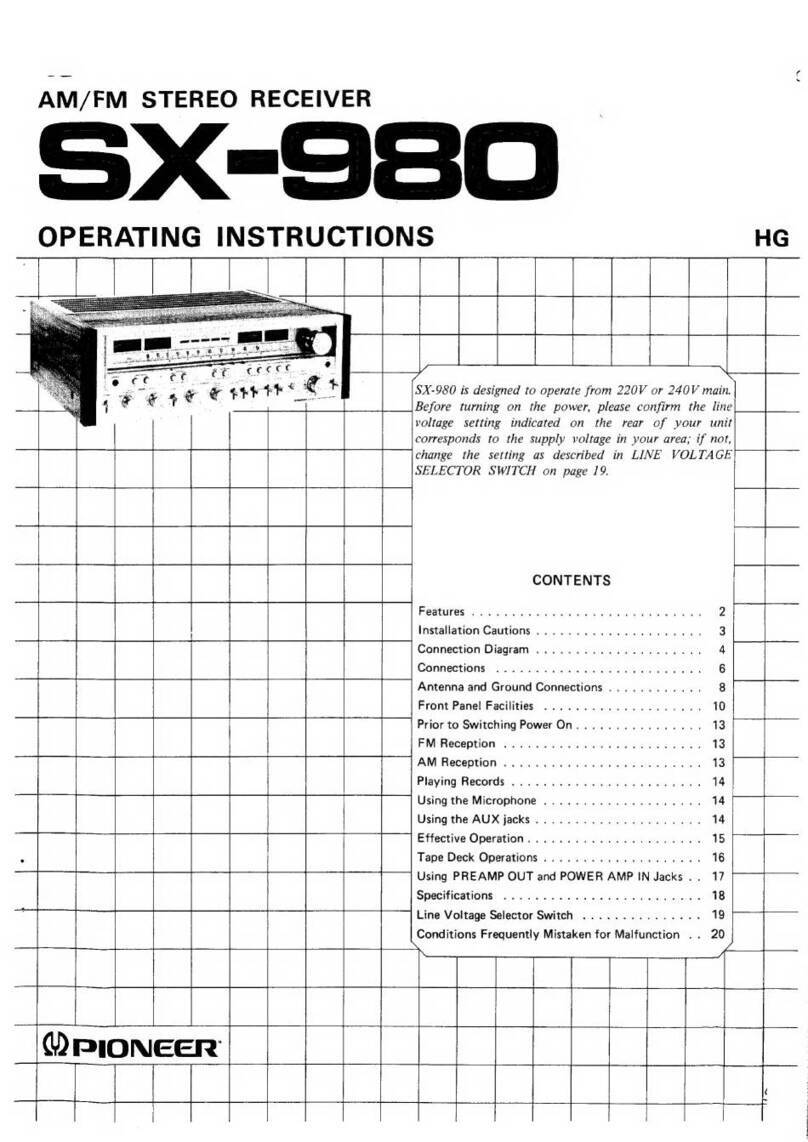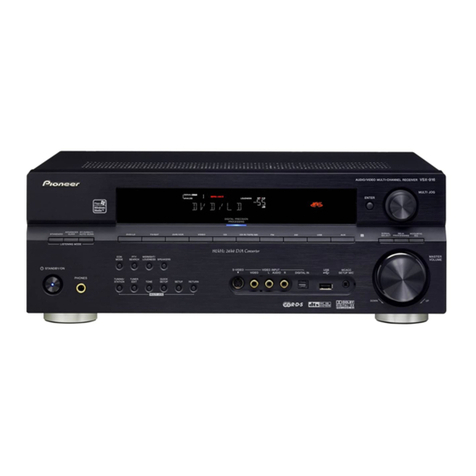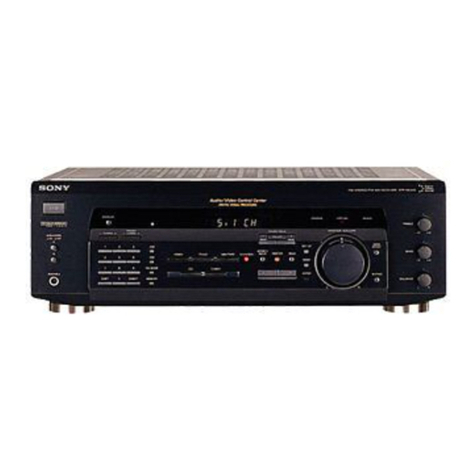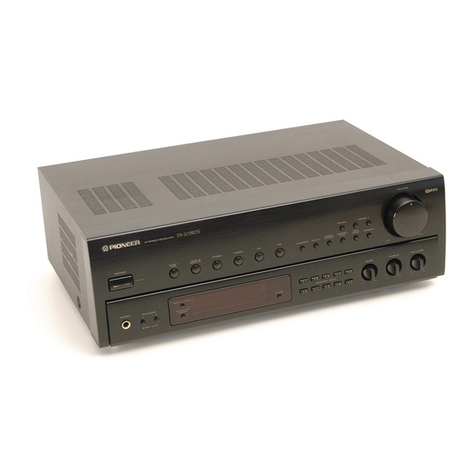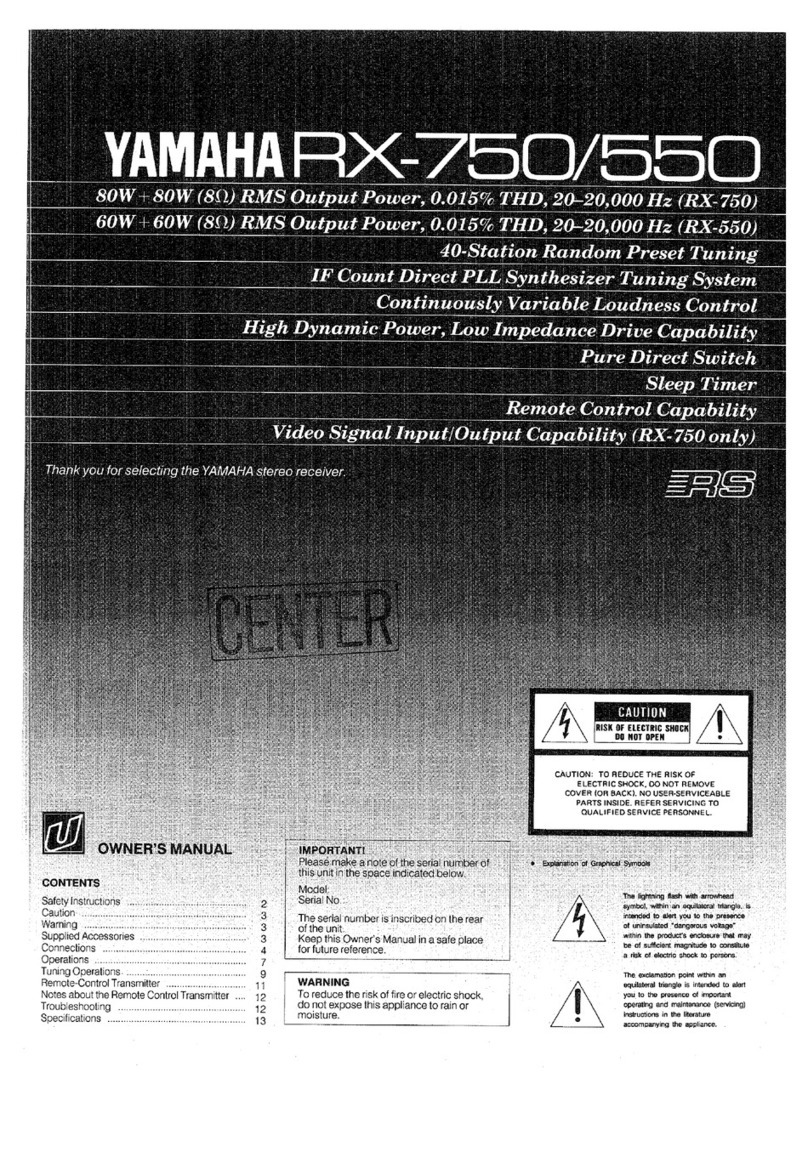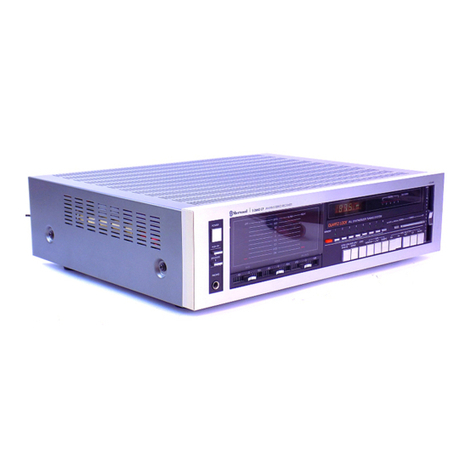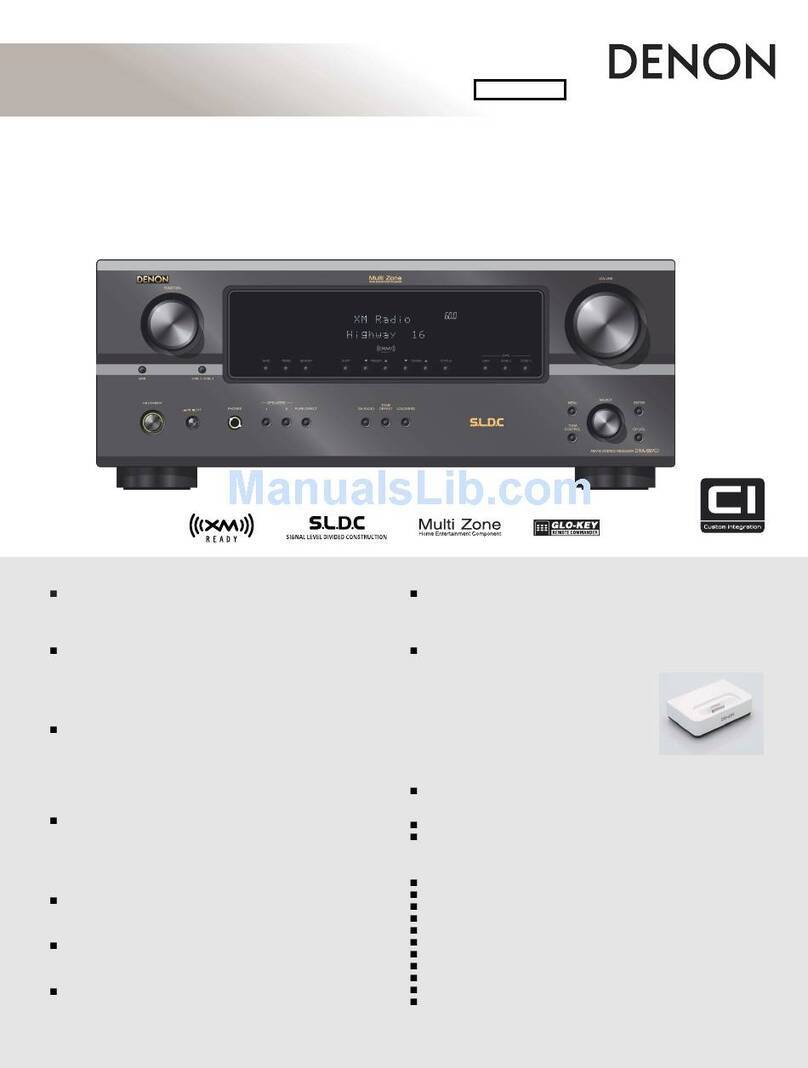T
t
r
t
I
t
I
r
t
I
t
t
rl
l
t
I
I
T
t
stage
(C) is reduced,
and the reactance
of the in-
ductance stage (L) increased,
resulting in AM
detection
by D2 which leaves
the positive
portion
of tlieIF signal.
If theinput frequency
decreases,
L
stagereactance
is decreased
and C stage
reactance
increased,
resulting
in AiVl
detection
by D1 which
leaves
the negative
portion of the IF signal.TheL
stage
and C stage
reactances
increase
asthe deglee
of detuning in the respective
directions is in-
creased,
resulting in a subsequent
increase
in the
detector output. By thus attaining S-curve
charac-
teristics,FM detection
becomes
possible.
Since
the
IF signalis an FIvI
signal
frequency deviation due
to modulationwill besymmetrical
aboutacentral
axis, And if the central frequency is equalto the
resonance
frequency,
the detector
output DClevel
will be zero.If, however,
there
is
anydisplacement
in the central frequency,frequency deviation in
respect
to the detector
will become
asymmetrical,
resultingin the generation
of a DC voltage.
This
DC voltage
ispassed
throughLPF1 (IF filter) and
LPF2 (AC filter) to form a correction voltage
which is applied
to the variable
capacitance
diode
in tlre iocal oscillator, thereby correcting the
oscillator frequency
to obtain a constanttF (i.e.
aconstant
tuned
frequency).
Sincethe central frequency of the crystaldetec-
tor is regulated
by the crystalresonator,
tuned fre-
quencies
of extremelyhigh stability are
obtained.
r Limiting the Locking Range
If lhe quartz-lock range is too wide, it will
overiapwith strong adjacentbroadcasting
frequen-
ciesand result in considerable
tuning difficulties.
A DC amplifier is therelore used as a limiter
(limiter actionby NFB circuitzener
diodes)
which
restrictsthe voltageappliedto the variablecapaci-
tance
diode,
therebylimiting thequartz-lock
range.
A DC voltageappea$ at pin no.L3 of the IF
system IC (PA3007-A) when the antenna
input
level drops below 5pV, or when the tuned fre-
quency
hasbeen
detuned
by more than r100kHz.
This DC voltage(FM muting signal)
is applied
to
the gate
of Q2 (fET) via a Schmittcircuit, result-
ing in the FET beingturned on, and the quartz-
Iockcircuitbeing
turnedoff.
sx-gaoo
4.2 AM TUNER
The AM tuner section consists of a 2-ganged
tuning capacitor
plusan IC (HA119Z) which con-
tains a l-stage RF amplifier, converter,2-stage
IF
amplifier,
detector,
andAGCcircuit.
The AM STEREO OUT terminal on the rear
panel is for connecting to an AM stereo broadcast
decoder adaptor. The signal appearing at this ter-
minal is the converter output passed
via a buffer
(
emitterf
ollower) stage.
4,3 DISPLAY
CIRCUIT
Frequency
Display
Frequencies
received by the SX-9800 are dis-
playedin digital form by fluorescent
indicator tube
(FL tube). Eachdigit employs up to ? segments
(a
- e) (see
Fig.4-3) to display
all numerals
from
0 to 9 (with the exception
of the left handdigit
whichemploys
only 2segments
b and
c).
o
fi'
Fig.4-3
7-segment
digit
display
The signal
source
during both AM and FM recep-
tion is the local oscillator. The signal
is passed
via
a buffer amplifier (FET) to the prescalar IC
(M54451P) where it issubjected
to frequencydivi-
sion (1/8 for AM and L/80 for FM) beforebeing
rFRlied to the frequency counter IC (pDb0Og).
This IC is responsible
for the dynamic driveof the
?-segment
S-digit display (eachdigit being turned
on according
to time-shared
sequential
scanning).
An outline of the composition of pDb009 is
given in block diagramform in Fig. 4-b. With the
FL tube a- g segments
(anode)for each
digit con-
nected in parallel,the D1 - Db time divisionpulse
signals(see Fig. 4-6) apptied to each grid (inde-
pendent grid for each digit) result in the digik
being lit up in succession
from the left hand side.
Eachdigit is lit up for lms during each bms
inter-
AM
LOCAL
osc.sr6NAL
FM LOCAL
OSC.SIGNAL
FM"aM sELgcrroN FLTUBE a
SIGNAL
Fig.
4-4 Frequency
display
block
diagram
a
rc(M5445rP)
